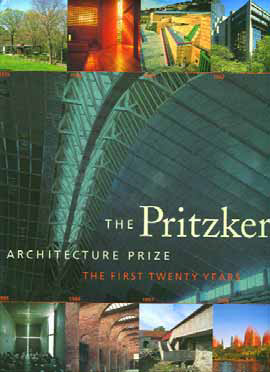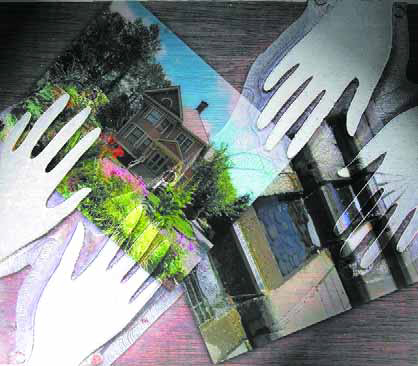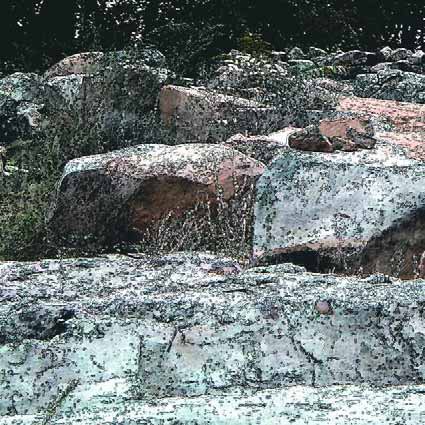water
Think about what happens when rainwater falls on an impervious surface in a big outdoor parking lot studded by the occasional tree: The water dampens the surface, which instantly becomes saturated. Only a minute percentage of water that penetrates the trees' canopies to reach their curb-bound planters becomes available to the trees' roots. The rest almost immediately starts flowing to drain grates or perimeter drainage details and is lost to a stormwater-collection system. The trees are helped only marginally by the life-giving rain, and the water
If you're like me, news stories in magazines and on television that cover innovations in science and technology are far more interesting than about 95 percent of the stuff featured in the mainstream media these days. To me, few things are more intriguing than peeking in on the
With everyone's thoughts turning to spring, it's an opportune time to think about new ways to enhance our garden designs. In addition to considering basic components that lay the groundwork for designs, I'd like to suggest looking for more specific ways to define and personalize our clients' spaces. You might explore gardens made for entertaining, for example, or spaces free of allergy-aggravating plants. One prospect I've been considering lately (and will discuss here in detail) is ways of attracting beneficial insects to my gardens - specifically butterflies. I enjoy watching butterflies float through my backyard, gently land on their favorite flowers and then spread their wings to reveal
Awards, prizes and accolades can serve as a great way to learn about the top professionals in any given field. As a case in point, I recently picked up a copy of The Pritzker Architecture Prize (Harry Abrams, 1999), a beautifully illustrated 200-plus-page tribute to the first 20 winners of this prestigious annual award, which is given to recognize lifetimes of achievement. Established in 1974 by Pritzker family (founders of the Hyatt chain of hotels), the stated goal of the prize program is to increase awareness of reigning architectural geniuses. Most of the prize recipients are still alive and working, and the list of winners includes some of the most extraordinary designers of the second half of the 20th Century, including Philip Johnson, Luis Barragan, I.M. Pei and Tadao Ando, to name a few. Some I had heard of before, but several were new to me. In all cases, this
Like most everything in life, "Natural Companions" has evolved through the years. When I first started writing this column in 1999, I focused primarily on topics related to combining plants and watershapes and wrote a lot about surrounding hard structures with greenery in sensible and sustainable ways. As the New Year approaches, I've been thinking about how things have changed with the column and where it's now heading. I distinctly recall having the sense about four years ago that
One of the most interesting things about running WaterShapes has been the opportunities I've had to get out and see projects, both in process and finished. Through the years, I've been treated to
The combination of water and plant material is so pervasive and obvious in natural and man-made settings that it's easy to take it for granted. In urban parks, rural settings and countless backyards, where one finds the blue, one also finds the green - and we all seem pre-wired
Maximizing the potential of landscape lighting is always about thinking ahead - a philosophy that absolutely applies when it comes to planning and designing the lighting for a watershape. The process begins with a set of questions that should be considered at the outset of any project: Is the watershape to be the focal point of the composition, or is it to be one among equally important features such as plantings, sculptures or hardscape details? Is the feature to be visually prominent at night, or is it to blend in with the darkness? Will the water you are lighting be in motion, or are you working with a still surface? Observers and chief vantage points also come into play. If the feature will mostly be viewed from passing automobiles rather than by pedestrians, for example, the issue of glare must be directly considered for safety reasons. If the watershape is to be seen from a lit interior space, then we know that its lighting level must be equal to or greater than that of the interior lighting. Likewise, relative brightness is an issue in making the illuminated watershape work with the rest of an illuminated landscape. The most important need in all of this is for




















